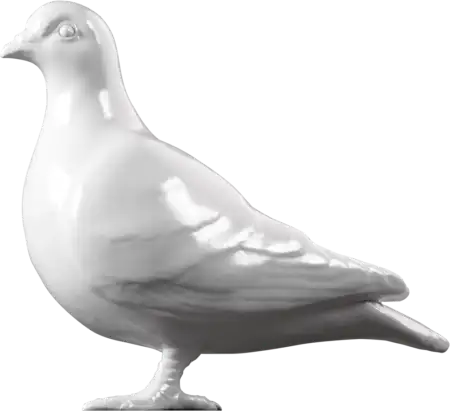Social History — 1917
Charity flag, flagday emblem
This lapel pin sold to raise funds for the Lord Roberts Memorial Workshop for Disabled Soldiers & Sailors was purchased by Ernest King from a street seller on 6th July 1917 as part of the charity's sponsored 'silent day' probably to raise funds for the extension of the charity's Britannia workshop in Fulham.
Named after the military leader who died in 1914 the Lord Roberts Memorial Workshops provided training and work opportunities for disabled and limbless troops injured during combat. The prime aim of the charity was ‘the economic utilisation of maimed men untrained in any craft’, ‘men broken in the wars, men whose arms and legs and hands are stricken off or permanently injured men’.Training was adapted according to the individual's disability and was intended, 'with the aid of their war pension', to make disabled servicemen 'self-supporting and free from the stigma of charity.' By 1920 the charity ran eleven workshops around the country producing a range of goods including basket ware, toys, doll's houses, beds and furniture with profits from sales going to the servicemen. By 1918 the Fulham workshop employed 200 disabled servicemen.
During World War I nearly 18,000 charities were founded in the UK to raise funds for those affected by war. For the 37,000 charities operating before the war the emergence of war charities inevtability had an impact on their ability to raise funds. Flagdays quickly became an established feature of London life but competition was fierce and 'donor fatigue' was feared.
To manage the proliferation of charity collections, each charity was alloted specific flagdays where volunteers, often women and young girls, would stand on the streets carrying a collecting tin and tray of emblems offered in exchange for a cash donation. As well as raising money for charity they were also a way for Londoners to visibly show their support for the war effort.
- Category:
- Social History
- Object ID:
- 80.525/329
- Object name:
- charity flag, flagday emblem
- Object type:
- Artist/Maker:
- —
- Related people:
- Related events:
- Related places:
- Production date:
- 1917
- Material:
paper, metal
- Measurements/duration:
- H 35 mm, L 50 mm, H 38 mm, W 50 mm (including pin) (overall)
- Part of:
- —
- On display:
- —
- Record quality:
- 100%
- Part of this object:
- —
- Owner Status & Credit:
Permanent collection
- Copyright holder:
digital image © London Museum
- Image credit:
- —
- Creative commons usage:
- —
- License this image:
To license this image for commercial use, please contact the London Museum Picture Library.
